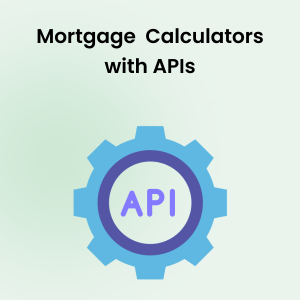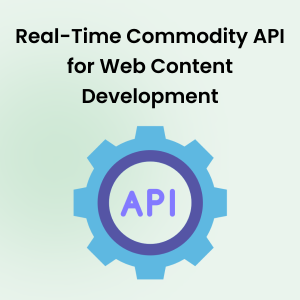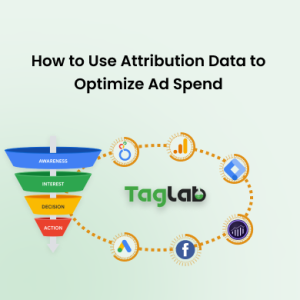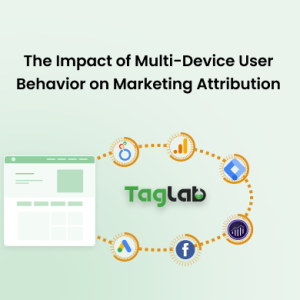Your cart is currently empty!
Customer Retention Cost (CRC) Metric Definition
Posted by:
|
On:
|
Customer Retention Cost (CRC) measures the total expenses incurred to retain existing customers and keep them engaged with a brand. It includes costs for loyalty programs, customer support, retention marketing, and other efforts to maintain long-term customer relationships. Understanding CRC helps businesses evaluate the efficiency of their retention strategies and balance retention costs with revenue generated from existing customers.
Detailed Explanation
What is Customer Retention Cost (CRC)?
Customer Retention Cost (CRC) refers to the sum of expenses associated with efforts to retain existing customers over a specific period. This metric encompasses a variety of costs, such as spending on loyalty programs, customer service, targeted marketing campaigns, and retention-focused activities like email outreach or customer appreciation events. Calculating CRC is essential for businesses to understand how much they are investing in keeping customers engaged and how this investment impacts profitability.
How it Works?
Customer Retention Cost is calculated by summing all expenses directly related to customer retention over a given period:
Customer Retention Cost (CRC) = Total Retention Expenses / Number of Retained Customers
This metric helps businesses analyze whether their retention efforts are cost-effective by comparing the retention costs with the revenue generated from the retained customer base. It is often used in conjunction with metrics like Customer Lifetime Value (CLV) to assess the balance between retention costs and long-term profitability.
Types of Customer Retention Costs
- Loyalty Program Costs: Includes expenses related to offering rewards, points, or discounts to encourage repeat purchases.
- Customer Support Costs: Covers the costs of providing customer service, including salaries, training, and support software.
- Retention Marketing Costs: Encompasses spending on email campaigns, retargeting ads, and other marketing activities aimed at engaging existing customers.
- Customer Engagement Costs: Includes expenses for activities like surveys, feedback collection, and customer appreciation events that strengthen customer relationships.
Illustrative Scenarios
Examples
- An online retailer calculates its CRC by summing up the costs of its loyalty program, customer support team salaries, and targeted email campaigns, dividing the total by the number of customers retained during the year.
- A SaaS company measures its CRC by evaluating the costs of customer success managers, educational webinars for existing users, and email outreach campaigns aimed at reducing churn, relative to the number of retained subscribers.
Segmentation
Customer Retention Cost can be segmented by customer types, product categories, or retention activities to identify which segments require the most investment. For example, businesses can analyze whether retaining high-value customers is more or less costly compared to retaining average customers.
Factors Influencing Customer Retention Cost
- Complexity of Customer Needs: Customers with more complex needs or higher expectations may require more personalized support, increasing CRC.
- Quality of Customer Service: Investing in high-quality customer service can improve retention but may increase CRC due to training and staffing costs.
- Frequency of Engagement: Frequent interactions through email, social media, or loyalty programs can enhance retention but contribute to higher CRC.
- Competitive Environment: In competitive markets, businesses may need to spend more on retention efforts like discounts or loyalty bonuses to prevent churn.
- Marketing Strategy: The choice between automated marketing (e.g., email drip campaigns) versus personalized, hands-on approaches can impact CRC.
Strategies to Optimize Customer Retention Cost
- Automate Customer Support: Implement chatbots or automated email responses to reduce support costs while maintaining a high level of service.
- Focus on High-Value Customers: Prioritize retention efforts on customers with high lifetime value to maximize the return on retention investment.
- Use Data-Driven Retention Campaigns: Leverage customer data to create targeted retention campaigns that are more efficient and reduce wasteful spending.
- Improve Onboarding Processes: Ensure that new customers have a smooth onboarding experience to reduce future support needs and costs.
- Implement Scalable Loyalty Programs: Design loyalty programs that can be scaled as the customer base grows, keeping costs manageable.
Benchmark Indicators
Understanding Customer Retention Cost benchmarks by industry helps businesses evaluate their retention efforts and set realistic goals for balancing costs with revenue generation:
- Technology Industry: CRC benchmarks typically range from 15% to 25% of customer lifetime value (CLV), driven by support services and customer success initiatives.
- Healthcare Industry: CRC benchmarks range from 10% to 20%, focusing on patient follow-up, support services, and loyalty programs.
- Financial Services: CRC generally ranges from 12% to 22%, particularly for retention of high-value clients through personalized services.
- E-commerce: CRC benchmarks range from 8% to 18%, influenced by loyalty program costs, retargeting ads, and email marketing efforts.
- Education Sector: CRC can range from 10% to 20%, focusing on student retention through support services and engagement activities.
- Real Estate: CRC benchmarks range between 5% to 15%, particularly for retaining clients through follow-up services and relationship management.
Tools for Measuring Customer Retention Cost
- CRM Systems: Platforms like Salesforce and HubSpot track customer engagement and retention activities, helping calculate retention costs.
- Customer Data Platforms (CDPs): Tools like Segment analyze customer data and calculate the costs associated with retention campaigns.
- Financial Management Software: Software like QuickBooks or Xero tracks expenses related to retention efforts, aiding in calculating CRC accurately.
Common Pitfalls and Mistakes
- Overinvesting in Low-Value Customers: Spending heavily to retain customers with low lifetime value can lead to high CRC without a corresponding increase in revenue.
- Neglecting Automation: Failing to automate routine support tasks can result in higher retention costs due to manual efforts.
- Ignoring Feedback: Not addressing customer feedback can increase churn, leading to higher retention costs as more effort is required to re-engage dissatisfied customers.
- Underestimating Marketing Costs: Failing to account for all retention marketing expenses can result in an inaccurate calculation of CRC.
- Not Prioritizing High-Value Segments: Treating all customers equally in retention efforts can result in higher costs and lower overall retention efficiency.
Frequently Asked Questions
What is Customer Retention Cost (CRC)?
Customer Retention Cost (CRC) measures the total expenses incurred to retain existing customers, including costs for loyalty programs, customer support, and targeted marketing efforts.
Why is Customer Retention Cost (CRC) important?
CRC is important because it helps businesses evaluate the efficiency of their retention efforts and balance the costs of keeping customers engaged with the revenue they generate.
How can I optimize my Customer Retention Cost (CRC)?
To optimize CRC, automate support services, focus on high-value customers, use data-driven campaigns, improve onboarding processes, and implement scalable loyalty programs.
What factors influence Customer Retention Cost (CRC)?
Factors influencing CRC include the complexity of customer needs, the quality of customer service, frequency of engagement, competitive environment, and marketing strategy.
What are good benchmarks for Customer Retention Cost (CRC)?
Good benchmarks for CRC vary by industry, with costs below 10% of customer lifetime value (CLV) considered excellent, while costs above 25% indicate a need for more efficient retention strategies.



